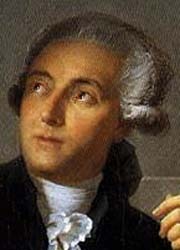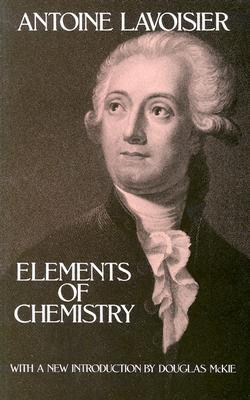Antoine Lavoisier

Antoine-Laurent de Lavoisier (French pronunciation: [ɑ̃twan lɔʁɑ̃ də lavwazje]; also Antoine Lavoisier after the French Revolution) was a French nobleman and chemist central to the 18th-century Chemical Revolution and a large influence on both the histories of chemistry and biology. He is widely considered to be the "Father of Modern Chemistry."
Lavoisier is most noted for his discovery of the role oxygen plays in combustion. He recognized and named oxygen (1778) and hydrogen (1783) and opposed the phlogiston theory. Lavoisier helped construct the metric system, wrote the first extensive list of elements, and helped to reform chemical nomenclature. He predicted the existence of silicon (1787) and was also the first to establish that sulfur was an element (1777) rather than a compound. He discovered that, although matter may change its form or shape, its mass always remains the same.
Lavoisier was an administrator of the Ferme Générale and a powerful member of a number of other aristocratic councils. All of these political and economic activities enabled him to fund his scientific research. At the height of the French Revolution, he was accused by Jean-Paul Marat of selling adulterated tobacco and of other crimes, and was eventually guillotined a year after Marat's death.
Lavoisier's importance to science was expressed by Joseph-Louis Lagrange who lamented the beheading by saying: "Il ne leur a fallu qu’un moment pour faire tomber cette tête, et cent années peut-être ne suffiront pas pour en reproduire une semblable." ("It took them only an instant to cut off this head, and one hundred years might not suffice to reproduce its like.")
Lavoisier also did early research in physical chemistry and thermodynamics in joint experiments with Pierre-Simon Laplace. Lavoisier also contributed to early ideas on composition and chemical changes by stating the radical theory, believing that radicals, which function as a single group in a chemical process, combine with oxygen in reactions. He also introduced the possibility of allotropy in chemical elements when he discovered that diamond is a crystalline form of carbon.
Overall, his contributions are considered the most important in advancing chemistry to the level reached in physics and mathematics during the 18th century. Lavoisier's work was recognized as an International Historic Chemical Landmark by the American Chemical Society, Académie des sciences de L'institut de France and the Société Chimique de France in 1999.

